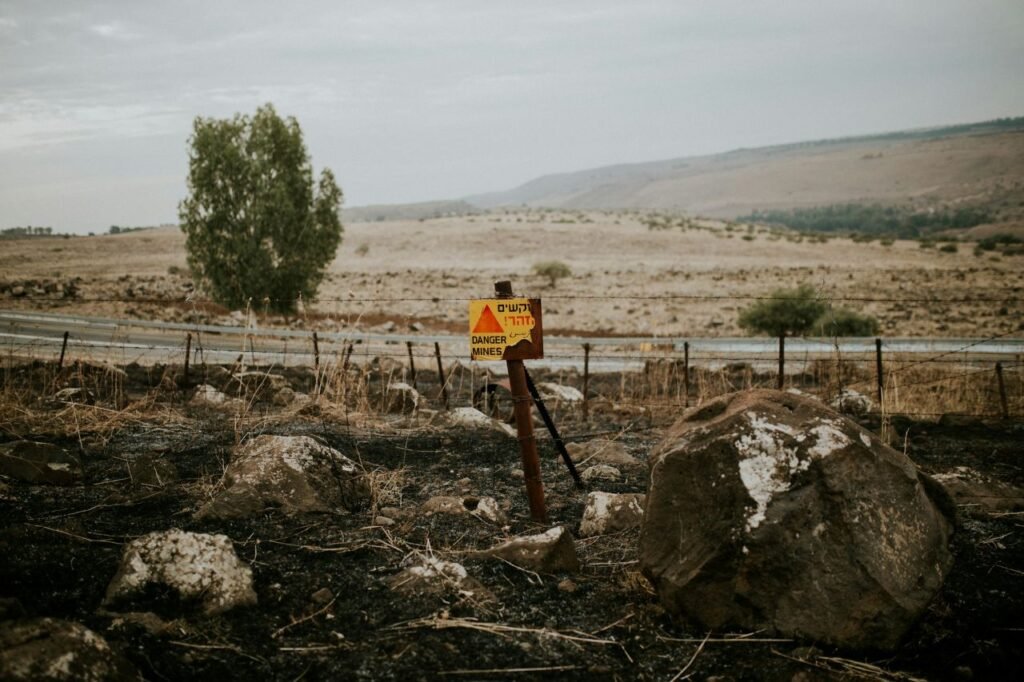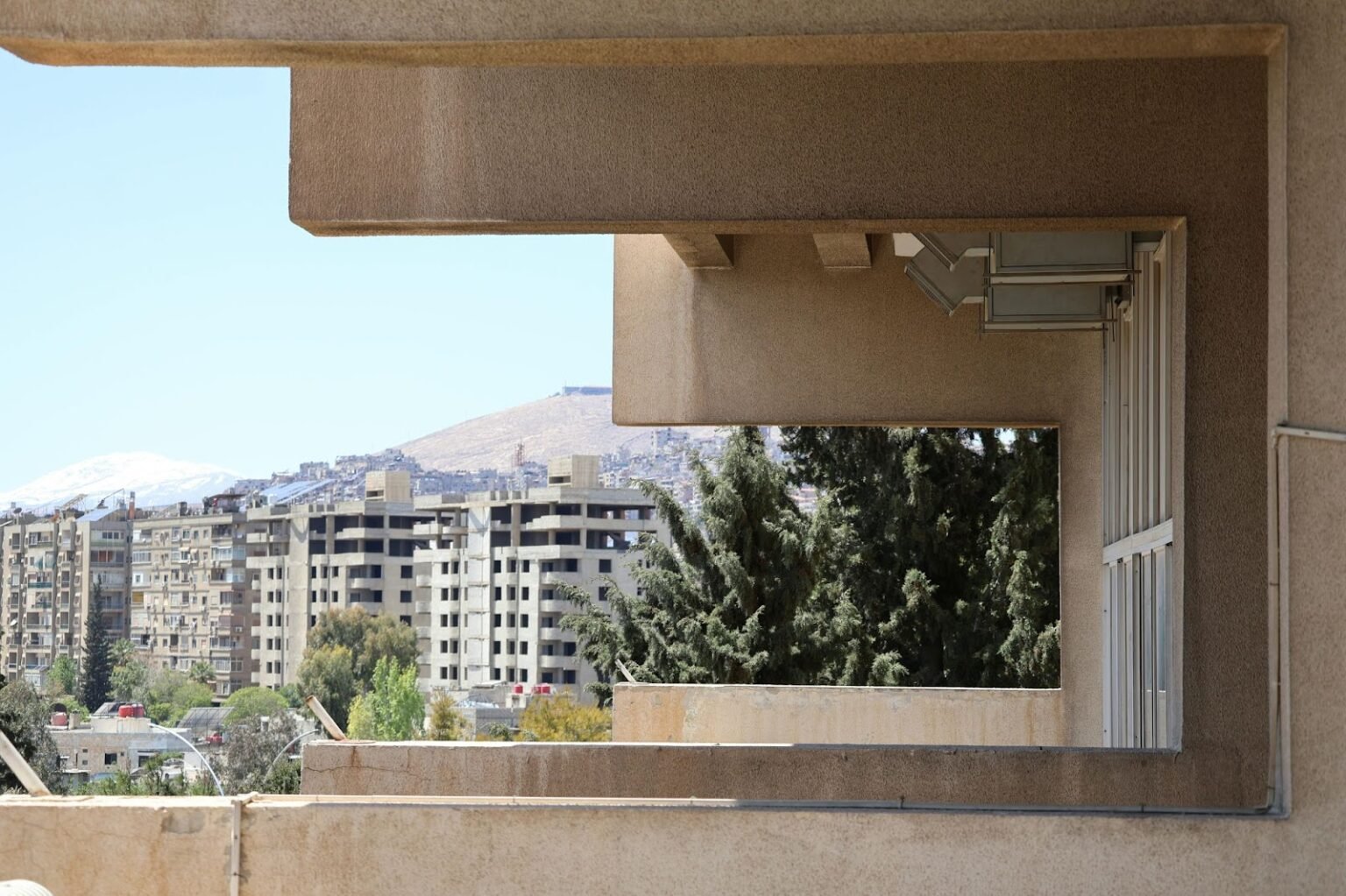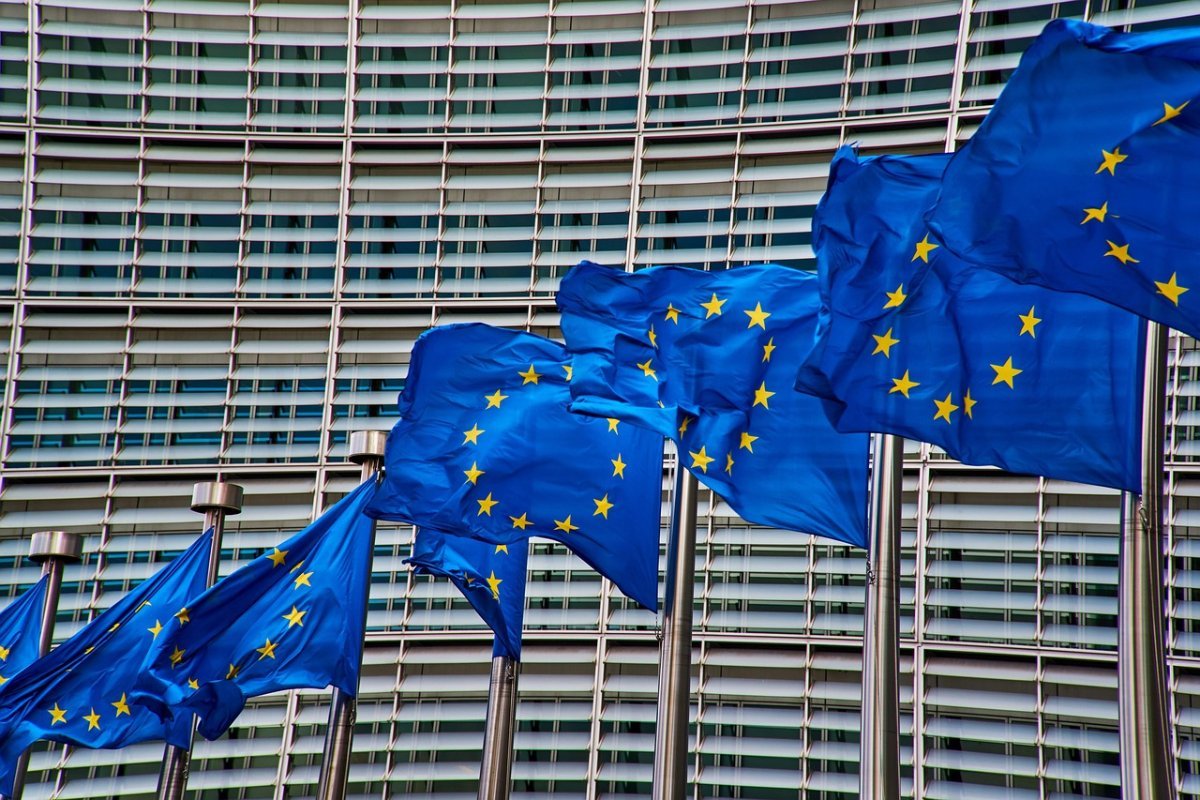The ongoing escalation in Gaza cannot be viewed in isolation from the recent flare-up in southern Syria, as the events reflect the geographical and political complexity of the region. In recent days, the Golan Heights witnessed shelling originating from Syrian territory, claimed by a group calling itself the “Martyr Ahmad Al-Deif Brigades”—a name clearly referencing Hamas.
These developments have placed Syria once again at the heart of the regional equation—and possibly at the center of a broader deal that politically reconnects Gaza and Damascus.
“Hamas” in Southern Syria:
The name of the group involved—linked to Mohammad Deif, commander of Hamas’ Al-Qassam Brigades—symbolizes an attempt to demonstrate Hamas’ extended influence into southern Syria. This influence was confirmed by today’s Israeli airstrikes on Beit Jinn, south of Damascus, which the Israeli military stated targeted a Hamas leader. This raises questions about the extent of coordination among Palestinian factions inside and outside Syria.
Syria Between U.S. Attention and Israeli Pressure:
Syria now finds itself navigating a complex path—seeking to secure its place in both regional and global politics. The country must seize the opportunity offered by U.S. diplomatic openness—expressed in statements by U.S. envoy to Syria Thomas Barak, and reflected in the recent removal of Syria from the “rogue states” list, with discussions of genuine U.S.-Syrian partnership and growing American media interest—while simultaneously confronting Israeli threats blaming the Syrian regime for southern unrest.
Israeli Defense Minister Yair Katz blamed President Ahmad Al-Sharaa for the rocket attacks on the Golan, adding, “A repeat of this pattern will not go unanswered.”
| This raises the key question: Has stability in southern Syria become intertwined with the fate of Gaza? According to recent developments, this link is no longer speculative. Especially amid reports of U.S. proposals—under Trump’s sponsorship—for humanitarian solutions for Palestinians in Gaza, possibly involving the resettlement of some in neighboring countries, including Syria. |
Damascus and the Palestinian Future:
If such proposals are seriously considered by Syria, Damascus could find itself in a position it has not held for decades: shaping the future of the Palestinian cause—not through slogans or vague agendas, but through actionable decisions with significant geopolitical consequences.
Damascus on a Razor’s Edge:
These developments, which return Syria to the global stage with unprecedented momentum, reflect fundamental shifts in international and regional approaches to a country once seen only as a battlefield. Damascus now walks a fine line between asserting its new political role and regaining full control on one hand, and avoiding proxy confrontations that could derail its progress on the other.
In this delicate balance, Palestinian factions appear to be key actors. Will Syria allow space for maneuvering, or will it close that door under the banner of “mutual security,” as President Al-Sharaa recently hinted?
The escalation in southern Syria is not merely a security update—it is a marker of shifting regional dynamics, where Gaza and the Golan become intertwined. What we are witnessing may be a true test for Damascus: can it embrace its emerging role without falling into the traps of regional agendas?
The answers will determine not only the future of Syria’s southern borders—but possibly the fate of Gaza and the shape of the new Middle East.



